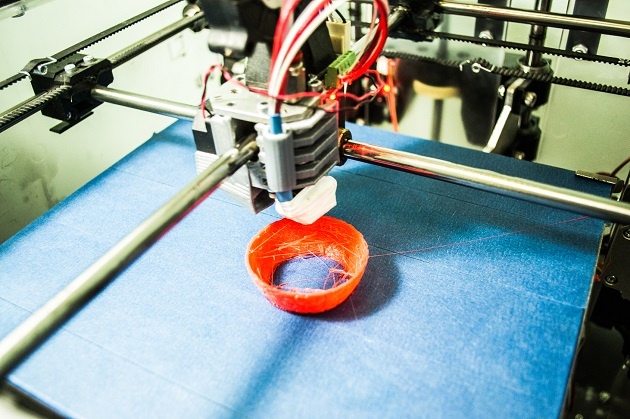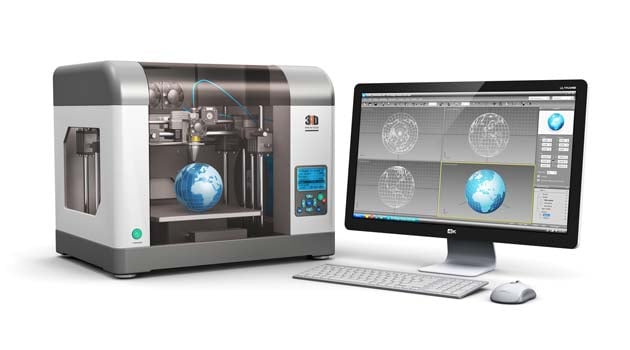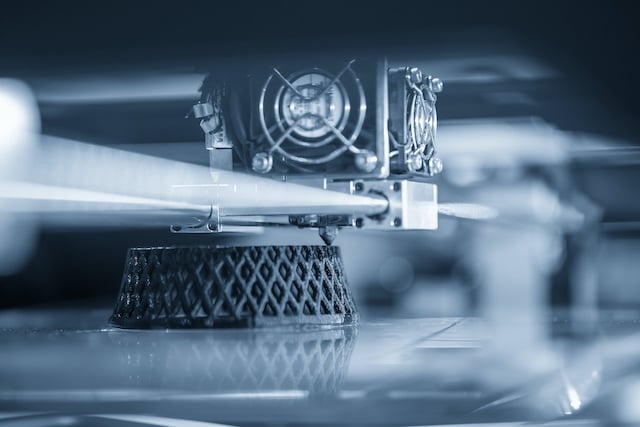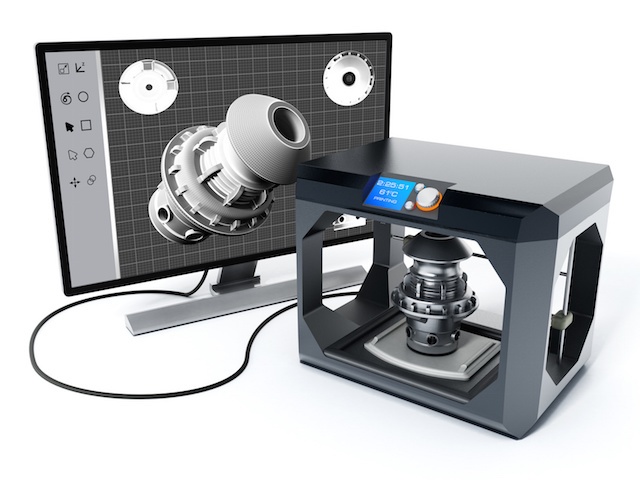
3D printing came on in leaps and bounds in 2017, with new technologies being introduced to the market and being more widely adopted into various industrial processes. However, it still hasn’t had that big breakthrough that will ensure its place in mainstream manufacturing of the future.
It’s too soon to tell whether 2018 will be the year that sees 3D printing take off in a big way, but what we can be sure of is that we will see lots of exciting developments that will help to move the technology forward.
Here we look at the three 3D milestones we are looking forward to this year.
Putting the customer first
Manufacturing is changing; where once mass production and consumerism reigned supreme, customers are becoming increasingly interested in having something individual, bespoke and tailored to their wants and needs. For brands and services who want to engage with their customers and earn their ongoing loyalty, 3D printing is an essential part of delivering on this promise. The research firm Gartner, as part of its Predicts 2018, says that 20 per cent of the world’s top 100 consumer goods companies will use 3D printing to create customised products by 2021. 2018 could be the year that we really start to see the adoption of on-demand manufacturing to meet the growing consumer demand. Expect to see well-known brands and services announcing 3D technologies into their manufacturing strategies.
Advances in niche industries
2018 will see more niche industries take on 3D printing technologies, which will help to lift the trend. Many key industries are already conducting trials on whether additive manufacturing can really replace or enhance traditional processes, and as these trials start to conclude, we’ll find out whether 3D printing is about to hit the big time. The medical sector, for example, is starting to understand the benefits of 3D printing and the number of medical research facilities that incorporate 3D technology is likely to increase this year. Another industry that could see a big advance over the next year is aerospace. At the moment, there aren’t many manufacturers using 3D printing to make parts for this sector, but with around 50,000 3D printed parts being used successfully on Boeing aircraft, we’re going to see more widespread adoption. The Additive Manufacturing for Aerospace and Space forum taking place in February in Germany will be an interesting platform for discussion on this very topic.
The rise of hybrid machining
3D hybrid machines could be the compromise the industry needs, to balance the advantages of both additive and traditional subtractive manufacturing. 2018 looks like it could be the year we see hybrid machines on more factory floors. These hybrid technologies prove that rather than additive manufacturing coming along to replace traditional machining, they can complement each other. It is easier for manufacturers to implement these hybrid devices into their workflow. Many of the big names in the machining technology industry are introducing revolutionary hybrid devices. For example, Yamazaki Mazak is to take its latest hybrid machining centre to Southern Manufacturing 2018 this February, saying: “Additive manufacturing can open up an entirely new avenue of work given the production efficiencies it can offer compared to a purely subtractive application, and Mazak is delighted to now be in a position to offer three different hybrid machining solutions to the UK subcontractor market”. As interest increases, these machines are likely to become more cost-effective and that is the breakthrough that is needed to encourage industry-wide adoption.
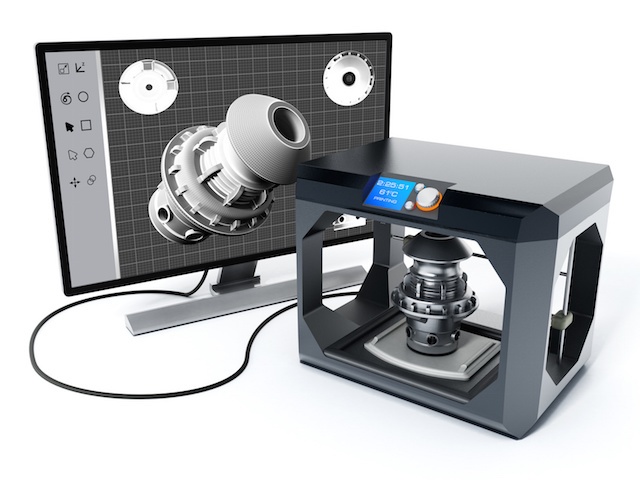 3D printing milestones to look forward to in 2018
3D printing milestones to look forward to in 2018